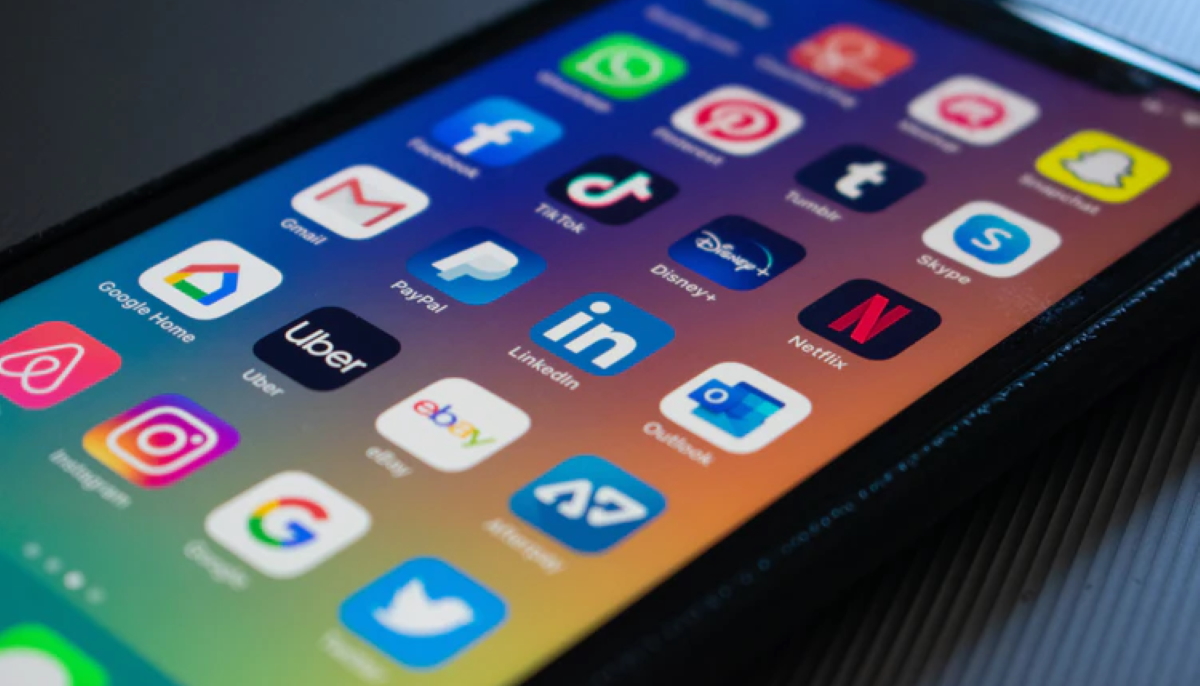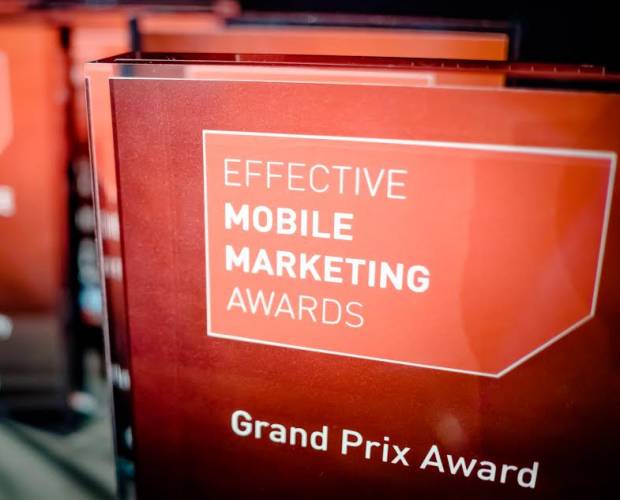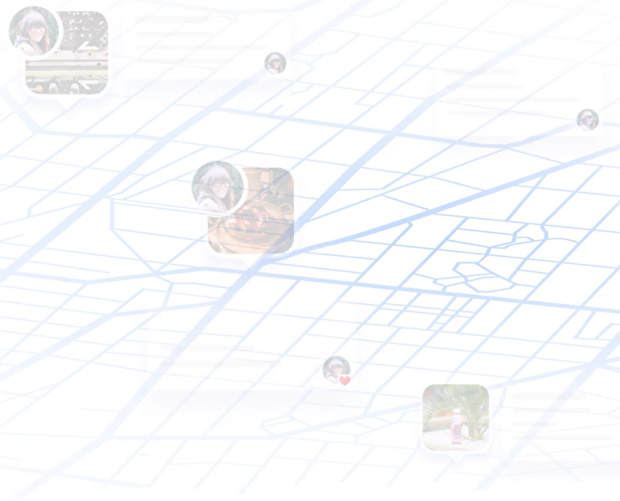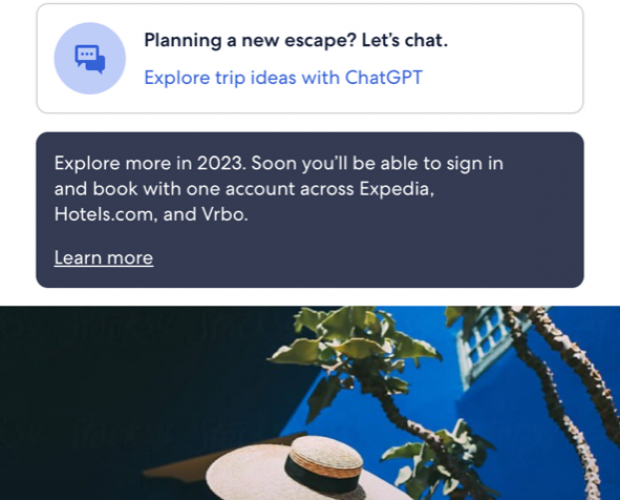Ive just had the demo that, if I saw nothing else at this years show, made the trip worthwhile. When the company that gave it, Intelligent Spatial Technologies (iST) asked me to meet them at the show, I read their pitch and said yes immediately. When I asked them where they stand was and they told me they didnt have one, I half thought of cancelling, but decided their application looked too good to miss. Having had it demoed to me, I now know I made the right decision.
Its called iPointer and it is simply a work of genius. The company has aggregated data on 50 cities in Europe and 58 in North America. This data relates to buildings, restaurants and other points of interest and has been collated from a variety of sources, such as the Yellow Book business directory in the US, for example. To give you an idea of the scale of the project, there are 96,000 buiildings in the Barcelona database.
Now for the clever bit. Point your phone at any of the buildings in the database and the companys server returns a ton of information on the building, including a text description, photos, perhaps multimedia content. The companys CEO, Chris Frank, just stood with me outside Hall 7 of the Fira, pointed his Android phone at various buildings, even the fountain, and brought up content on each on the screen automatically.
Now to do this, the phone needs to have whats called digital compass capability. This is like a supercharged GPS. Not only does it know where it is, it also knows which way its pointing, which enables it to know which building youre interested in.
This sort of capability is only currently offered on the G1 and a couple of Nokias, plus some Japanese handsets, but according to Frank, several handset makers are planning more, including Motorola within the next two quarters, and LG within the next four to five quarters.
iSTs plan is to deploy the application with network operators as a paid local search service. So if you point your iPointer-equipped phone at two restaurants, it would return very basic information for the one that had not paid to advertise, and much richer information for the one that had.
Google became successful because it delivered advertising in a very non-intrusive way, Frank told me. The carriers want to advertise to their customers, but not in a way that makes them feel theyre being spammed.
As Frank notes, the way the iPointer system is designed to work, the consumer would not perceive they were looking at an ad. They would, hopefully, realise they were looking at a work of genius.

Global mobile and digital marketing information, expert advice and updates straight to your inbox















